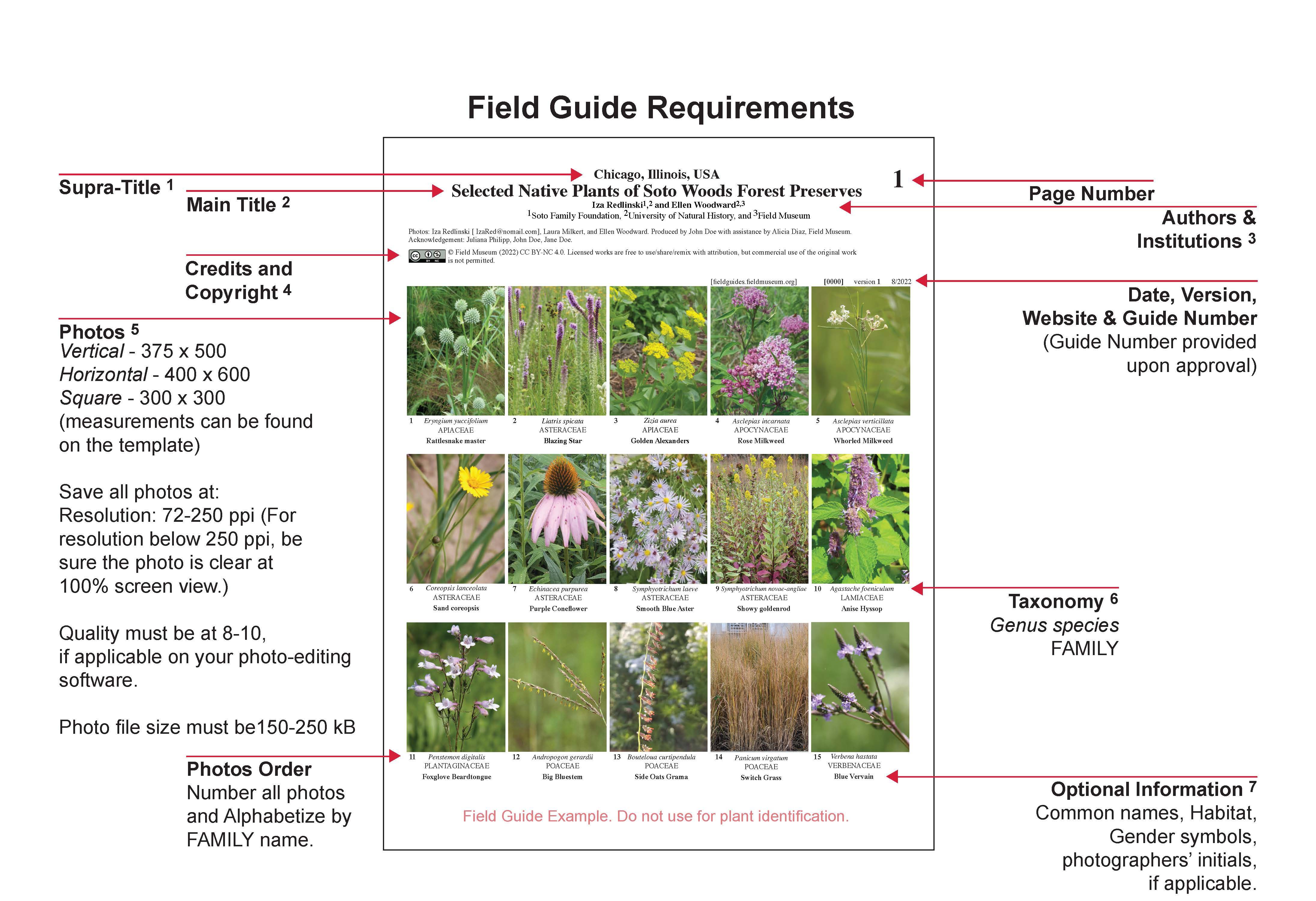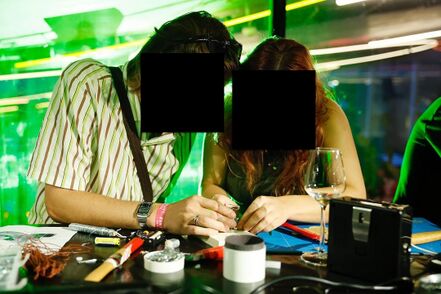User:Vitrinekast/Thesis Proposal: Difference between revisions
Vitrinekast (talk | contribs) No edit summary |
Vitrinekast (talk | contribs) No edit summary |
||
| Line 1: | Line 1: | ||
<div class="thumb tright"> | <div class="thumb tright"> | ||
<div class="thumbinner" style="width:182px;"> | |||
<img src="https://freight.cargo.site/w/1500/q/75/i/b15f70aee99e1fb561a6de576bf2f86a9e23082e52aeb0041177b5304647ed48/190625_swapfiets_template_A0-3.jpg" style="width: 100%"> | |||
<div class="thumbcaption"> | |||
</div> | |||
</div> | |||
</div> | </div> | ||
If your biometric eye no longer functions because the company that produces them went bankrupt<ref>Strickland, E. and Harris, M. (2022) ‘Their bionic eyes are now obsolete and unsupported,’ ''IEEE Spectrum'', 15 February. https://spectrum.ieee.org/bionic-eye-obsolete.</ref>, it means that you didn’t actually own the eyes in the first place. This is an example of why repair, both the right to and the skill of, is important. Through repair & DIY, we can take back control of these things. Unfortunately, buying new is usually the more cheap, accessible and easy option. Outsourcing maintenance to a monthly Swapfiets<ref>Swapfiets, the subscription based bike. See: [https://swapfiets.nl/ https://swapfiets.nl]</ref> subscription is easier then learning how to repair & maintain yourself. Buying a new lamp is quicker then discovering what actually blew the fuse in the first place. And buying new hardware is the easier, cheaper and more reliable option then salvaging existing components from e-waste. | |||
[[File:DIWO_workshop.jpg|border|frameless|441x441px]] | |||
But, by joining & hosting workshops and gatherings around repair and repurposing, I’ve noticed how empowering it can be to take back this autonomy: To fix your own bike, to discover what a fuse is or to make (or break) a circuit together. A shared attempt to uncover some of the black boxes in our own products. As Garnet Hertz and Jussi Parikka state, probably to discover even more black boxes, that have become completely obsolete. <ref>Hertz, G. and Parikka, J. (2012) ‘Zombie Media: Circuit Bending Media Archaeology into an Art Method,’ ''Leonardo'', 45(5), pp. 424–430. https://doi.org/10.1162/leon_a_00438.</ref>. | |||
''”Salvage computing believes that the end of a computer product’s lifecycle should be seen as a moment of celebration”''<ref>''XXIIVV — salvage computing'' (no date). https://wiki.xxiivv.com/site/salvage_computing.html.</ref>. Instead of noting down a time of death, the obsolete device could be the start of something new. Trough this thesis & project, I want to challenge my own idea that buying new hardware is quicker then salvaging for hardware. This thesis will be a ''field guide'' for the salvaging from- and reusing of abandoned/obsolete media, to create sound devices. | |||
<span id="field-guide"></span> | |||
== Field Guide == | |||
The field guide can offer the reader guidance in the identification of components (Electronic components such as resistors, transistors, etc.) when salvaging. It will include recipes for using the components to create ''sound devices'', and examples on how this was approached during the DIWO gatherings, further described in the [[project proposal]]. | |||
The field guide can offer the reader guidance in the identification of components (Electronic components such as resistors, transistors, etc.) when salvaging. It will include recipes for using the components to create ''sound devices'', and examples on how this was approached during the DIWO gatherings, further described in the [[ | |||
An example of an earlier created recipe is Printer Jam<ref> | An example of an earlier created recipe is Printer Jam<ref>Printer Jam: Get a grip on everyday life with OSC (Gulaschprogrammiernacht 2024). See https://media.ccc.de/v/gpn22-457-printer-jam-get-a-grip-on-everyday-life-with-osc.</ref>, a performance I did together with Riviera Taylor, where we’ve used live coding practices<ref>Live coding is the musical practice of creating music in real time using code. See https://tidalcycles.org and https://supercollider.github.io</ref> combined with abandoned printers, into a percussive instrument. | ||
<img src="https://fieldguides.cidersoft.com/sites/default/files/2022-10/Anatomy_Website_Img1.jpg" width="400" /> | <img src="https://fieldguides.cidersoft.com/sites/default/files/2022-10/Anatomy_Website_Img1.jpg" width="400" /> | ||
| Line 26: | Line 27: | ||
The field guide is an open-ended, pocket sized, compact book, so the reader (and me) is invited to take the publication outside, further investigate, annotate and experiment with the discarded materials. This also gives me the opportunity to to continue the research after the project has ended. | The field guide is an open-ended, pocket sized, compact book, so the reader (and me) is invited to take the publication outside, further investigate, annotate and experiment with the discarded materials. This also gives me the opportunity to to continue the research after the project has ended. | ||
==References== | <span id="systematic-outline"></span> | ||
== Systematic outline == | |||
<span id="introduction"></span> | |||
====== Introduction ====== | |||
<span id="quick-start-guide"></span> | |||
====== Quick start guide ====== | |||
A text on how to salvage components, great places to find them , things to look out for. This is also a place to discuss the difficulty in salvaging components from modern hardware. If it is helpful for the rest of the field guide, it could include a short glossary. | |||
<span id="components"></span> | |||
====== Components ====== | |||
An overview of Resistors, transistors, LED’s, capacitors, switches, knobs, speakers, coils, that can be found in the wild. Of each component, i’ll include: | |||
* Visual representation | |||
* If and where I’ve found them | |||
* What they could be used for (reference to the recipes later) | |||
* Variants of this component | |||
* Empty space for notes | |||
Will include a subsection for “rare” components. I expect that chips (counters, 555 timers) will be way more difficult to salvage. What are ways to work around these components? Are there any devices to look out for where these components can be salvaged? | |||
<span id="recipes-for-sound-devices"></span> | |||
====== Recipes for sound devices ====== | |||
7(?) recipes on making sound devices. Each recipe has been “tested” trough the DIY/DIWO hangouts as part of the project. These are the ones defined now: | |||
* Creating oscillators using easily salvageable components | |||
* Building sequencers using relays | |||
* Building triggers/LFO’s using encoders | |||
* Using motors to create oscillators | |||
Each recipe has | |||
* Title | |||
* image/visual representation | |||
* audio example(s) | |||
* description | |||
* schematic | |||
* When/how/with whom i’ve made them (reference to the DIWO hangouts) | |||
* Recommendations for further development | |||
* empty space for notes | |||
<span id="conclusion"></span> | |||
===== Conclusion ===== | |||
Is salvaging for components a fruitful practice? | |||
<span id="references"></span> | |||
== References == | |||
<references /> | <references /> | ||
Revision as of 23:46, 22 November 2024

If your biometric eye no longer functions because the company that produces them went bankrupt[1], it means that you didn’t actually own the eyes in the first place. This is an example of why repair, both the right to and the skill of, is important. Through repair & DIY, we can take back control of these things. Unfortunately, buying new is usually the more cheap, accessible and easy option. Outsourcing maintenance to a monthly Swapfiets[2] subscription is easier then learning how to repair & maintain yourself. Buying a new lamp is quicker then discovering what actually blew the fuse in the first place. And buying new hardware is the easier, cheaper and more reliable option then salvaging existing components from e-waste.
But, by joining & hosting workshops and gatherings around repair and repurposing, I’ve noticed how empowering it can be to take back this autonomy: To fix your own bike, to discover what a fuse is or to make (or break) a circuit together. A shared attempt to uncover some of the black boxes in our own products. As Garnet Hertz and Jussi Parikka state, probably to discover even more black boxes, that have become completely obsolete. [3].
”Salvage computing believes that the end of a computer product’s lifecycle should be seen as a moment of celebration”[4]. Instead of noting down a time of death, the obsolete device could be the start of something new. Trough this thesis & project, I want to challenge my own idea that buying new hardware is quicker then salvaging for hardware. This thesis will be a field guide for the salvaging from- and reusing of abandoned/obsolete media, to create sound devices.
Field Guide
The field guide can offer the reader guidance in the identification of components (Electronic components such as resistors, transistors, etc.) when salvaging. It will include recipes for using the components to create sound devices, and examples on how this was approached during the DIWO gatherings, further described in the project proposal.
An example of an earlier created recipe is Printer Jam[5], a performance I did together with Riviera Taylor, where we’ve used live coding practices[6] combined with abandoned printers, into a percussive instrument.

The field guide is an open-ended, pocket sized, compact book, so the reader (and me) is invited to take the publication outside, further investigate, annotate and experiment with the discarded materials. This also gives me the opportunity to to continue the research after the project has ended.
Systematic outline
Introduction
Quick start guide
A text on how to salvage components, great places to find them , things to look out for. This is also a place to discuss the difficulty in salvaging components from modern hardware. If it is helpful for the rest of the field guide, it could include a short glossary.
Components
An overview of Resistors, transistors, LED’s, capacitors, switches, knobs, speakers, coils, that can be found in the wild. Of each component, i’ll include:
- Visual representation
- If and where I’ve found them
- What they could be used for (reference to the recipes later)
- Variants of this component
- Empty space for notes
Will include a subsection for “rare” components. I expect that chips (counters, 555 timers) will be way more difficult to salvage. What are ways to work around these components? Are there any devices to look out for where these components can be salvaged?
Recipes for sound devices
7(?) recipes on making sound devices. Each recipe has been “tested” trough the DIY/DIWO hangouts as part of the project. These are the ones defined now:
- Creating oscillators using easily salvageable components
- Building sequencers using relays
- Building triggers/LFO’s using encoders
- Using motors to create oscillators
Each recipe has
- Title
- image/visual representation
- audio example(s)
- description
- schematic
- When/how/with whom i’ve made them (reference to the DIWO hangouts)
- Recommendations for further development
- empty space for notes
Conclusion
Is salvaging for components a fruitful practice?
References
- ↑ Strickland, E. and Harris, M. (2022) ‘Their bionic eyes are now obsolete and unsupported,’ IEEE Spectrum, 15 February. https://spectrum.ieee.org/bionic-eye-obsolete.
- ↑ Swapfiets, the subscription based bike. See: https://swapfiets.nl
- ↑ Hertz, G. and Parikka, J. (2012) ‘Zombie Media: Circuit Bending Media Archaeology into an Art Method,’ Leonardo, 45(5), pp. 424–430. https://doi.org/10.1162/leon_a_00438.
- ↑ XXIIVV — salvage computing (no date). https://wiki.xxiivv.com/site/salvage_computing.html.
- ↑ Printer Jam: Get a grip on everyday life with OSC (Gulaschprogrammiernacht 2024). See https://media.ccc.de/v/gpn22-457-printer-jam-get-a-grip-on-everyday-life-with-osc.
- ↑ Live coding is the musical practice of creating music in real time using code. See https://tidalcycles.org and https://supercollider.github.io

